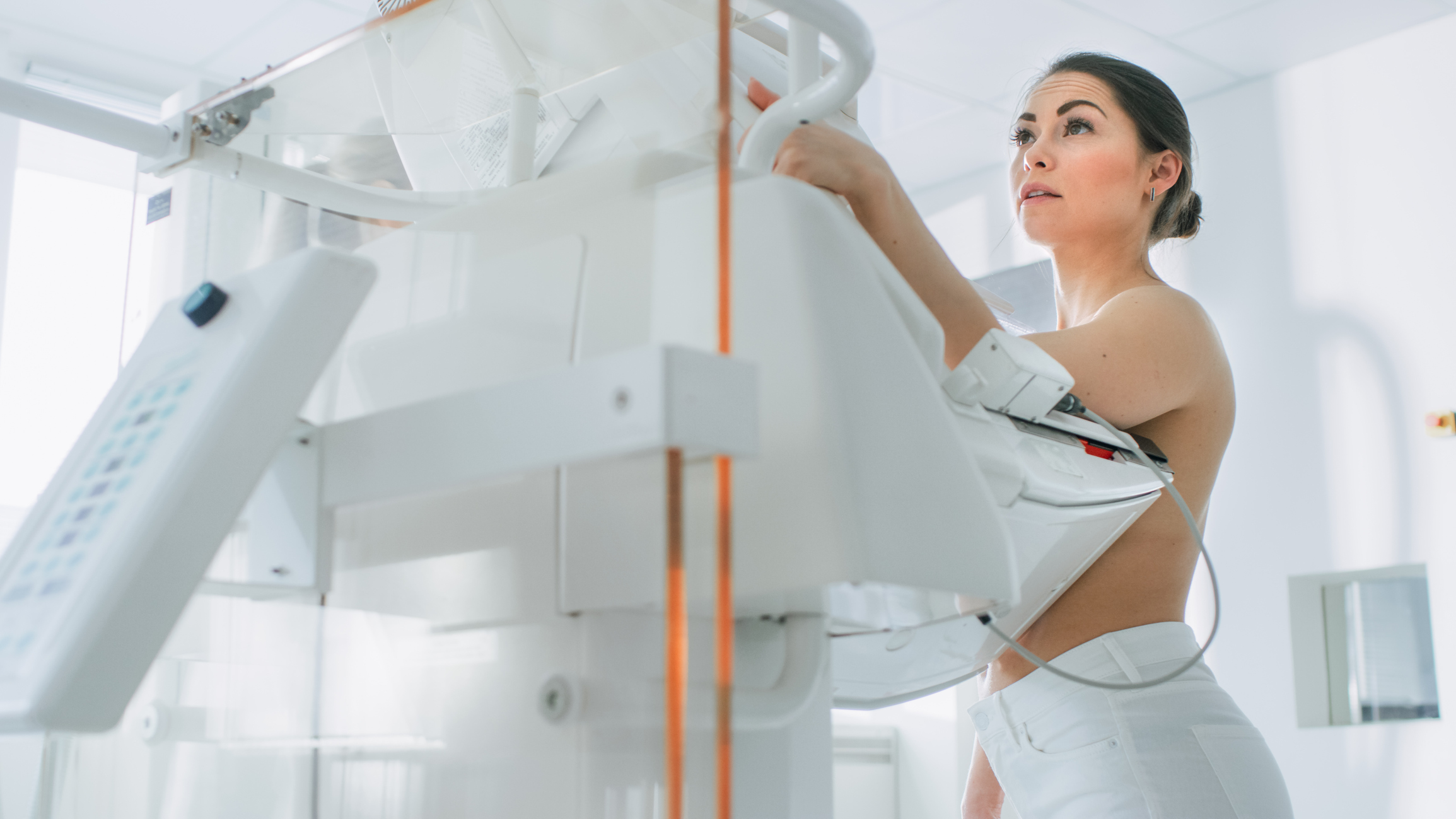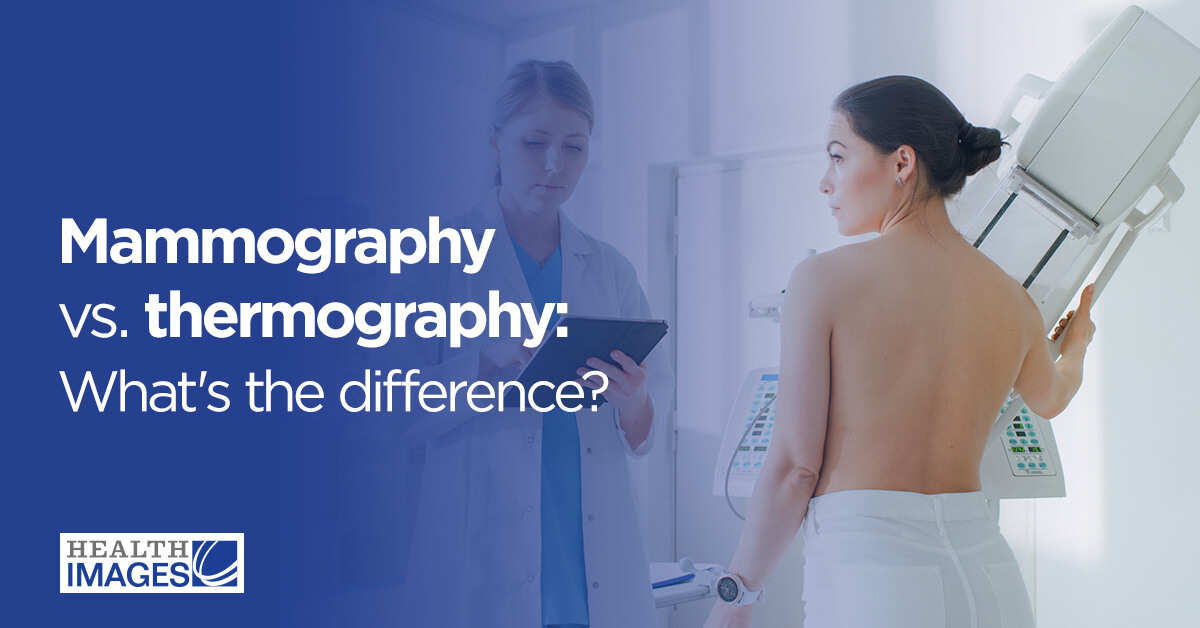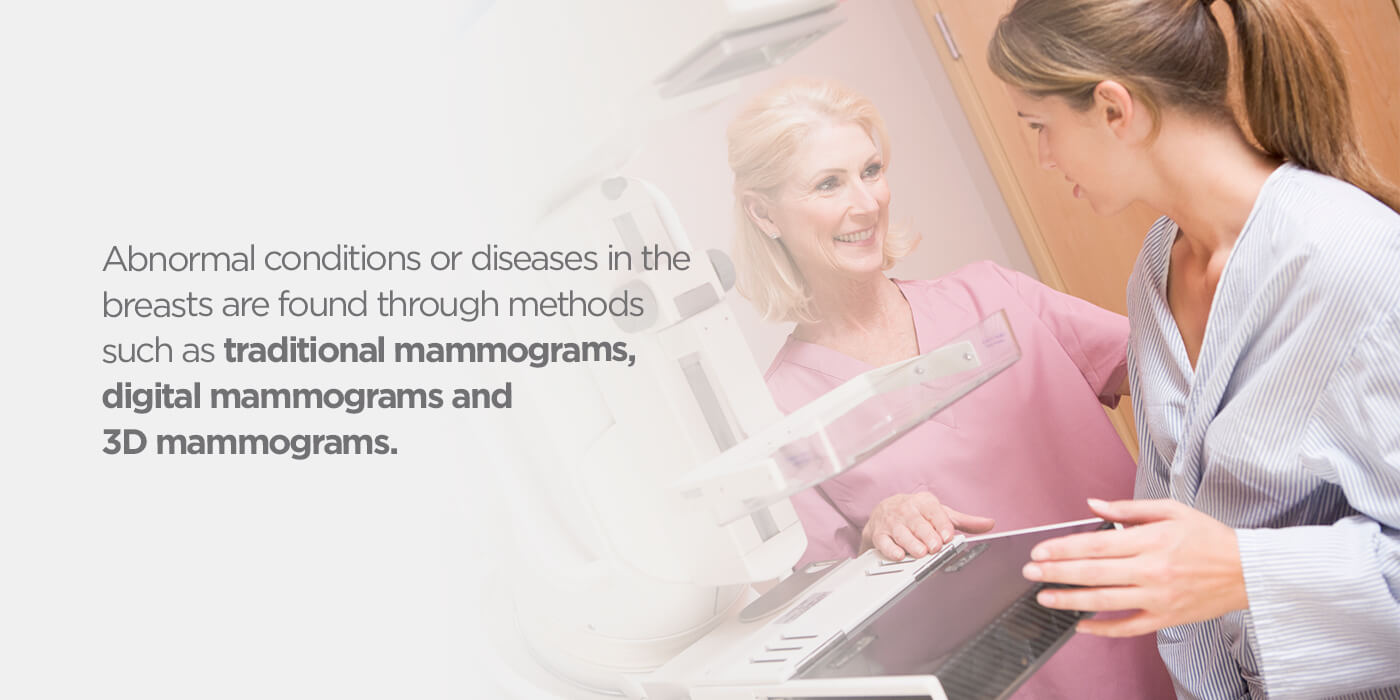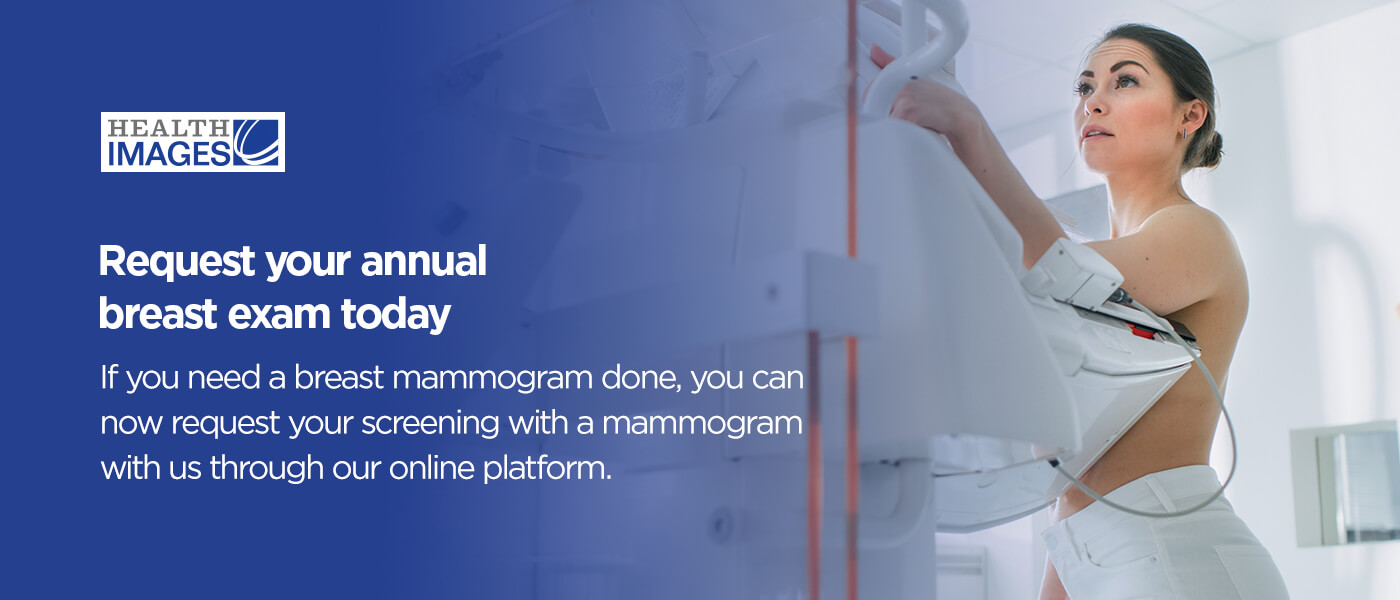Mammography vs. thermography: What’s the difference?
Mammography vs. thermography: What’s the difference?
If you are a woman who is 40 years of age or older, you probably know the importance of annual breast cancer screenings. Making sure that you have your breast screening at least once a year is vital to lower your risk for breast cancer. Experts say 1 in 8 women in the United States will have breast cancer in their lifetime.
Because the risk of developing breast cancer is so high, patients should understand the risk factors associated with breast cancer and receive regular screenings. Due to advancements in technology, diagnostic tools and screening methods such as mammography and thermography are available to patients, and each option offers certain benefits and disadvantages. Let’s discuss the differences between mammograms and thermograms so you can make the best decisions for your health.
What is mammography?
Mammograms are used to detect abnormalities in the breast tissue, such as:
- Tumors
- Cysts
- Fibroadenomas
- Fat necrosis
- Breast lumpiness — or fibrocystic disease
- Dense tissue
Abnormal conditions or diseases in the breasts are found through methods such as traditional mammograms, digital mammograms and 3D mammograms.
- Traditional mammography: This method, also known as conventional mammography, uses x-rays to create images of the breast tissue. The amount of radiation used to create images of the breast is very low, resulting in little risk to the patient. This method can detect abnormal results, such as a cyst or tumor, early on. It allows for a proactive approach to reducing the spread of breast cancer.
- 3D mammography: With advancements in medicine and technology, doctors can get more detailed images of the breasts. A 3D mammogram is very similar to a traditional one in that it uses low-dose x-rays to obtain pictures of the breasts. The difference is that the x-rays are angled to provide thin “slices” of the tissue, much like a CT scan.
- Digital mammography: This last method of mammography uses solid-state detectors instead of X-ray plates. Even though x-rays are still used to perform this test, the rays are converted into electronic signals. A computer then converts these signals into images. This benefits patients because fewer images are taken, thus lowering the radiation exposure. This type of mammogram is especially suitable for patients with dense breast tissue or who are premenopausal.
If you’ve never gotten a mammogram before, you should learn tips for overcoming mammogram fears before going to your appointment.
Pros and cons of mammography
Getting a mammogram has several positives and negatives, regardless of which type you choose. A substantial benefit to regularly completing mammograms is its increased ability to rule out cancerous lumps and tumors in the breasts. The x-rays can detect the smallest abnormalities found in breast tissue, making the identification and treatment of malignant tumors more likely to succeed.
The most prominent con to getting a mammogram is the radiation exposure and breast compression, which can often be painful, especially if a patient has dense breasts.
Researchers have found that mammograms have been known to detect false positives and false negatives, meaning they sometimes miss tumors. Mammography, when used on its own, has a 15% false-negative rate. Mammograms can also lead to overtreating small tumors that could’ve been safely ignored. This overtreating occurs because mammograms can’t distinguish between malignant and benign tumors.
What is thermography?
Rather than using x-rays to detect abnormalities in the breast tissue, thermography make such detections using differences in temperature of the breast tissue. This is possible through digital infrared thermal imaging (DITI). Doctors identify abnormalities in the breast tissue by examining temperature differences. They recognize a problem that needs further investigation when the tissue shows up red, meaning that there’s more heat. More heat occurs in malignancies because of the increase in nitrous oxide in the tissue.
Pros and cons of thermography
One of the main reasons why patients prefer thermography versus mammograms is because the procedure is non-invasive. A mammogram requires breast compression that can sometimes be painful to patients. Whereas with a thermal imaging breast screening, the machine does not touch you at all. Another benefit to having thermograms is that there’s no radiation exposure because digital infrared thermal imaging is used. Patients may also appreciate that they don’t have to schedule their thermograms around their menstrual cycles because their cycle and changes in hormones don’t affect the results, unlike that of a mammogram.
Even though the procedure has some benefits, thermal imaging breast screening comes with some significant downsides. Due to the nature of thermograms and how they gauge the breast tissue’s condition based on heat, the results may be inaccurately perceived. This is because changes in heat can occur due to inflammation, infection or exercise.
It’s also important to note that thermography won’t work for all patients. These tests are not recommended for patients who have lung cancer, breast implants, large breasts, pendulous breasts or morbid obesity. This is because the results won’t be as conclusive. Experts have found that thermography cannot pick up very small cancer tumors in the breast tissue as accurately as mammograms can. Thermal imaging breast screenings are notorious for being more than twice as likely to detect false positives than mammograms.
For these reasons, the United States Food and Drug Administration (FDA) warns that thermography is not a viable standalone tool for breast cancer screenings, and it should not be used in place of a mammogram. There’s no scientific evidence that a thermograph used alone or with another diagnostic method is an effective early detection tool for breast cancer.
Request your annual breast exam today
We recommend that you speak with your doctor to determine which procedure is most effective for you. The FDA regulates and certifies clinics that provide mammograms and ensures that these facilities meet rigorous standards. In contrast, there are no standards or regulations stipulated by the FDA or any other organization for thermograms. If you choose to get a thermogram, your doctor will likely ask you to get a mammogram as well.
The FDA, doctors and other health care professionals strongly recommend that thermograms should not replace mammograms and only recommend them as an adjunctive tool alongside another screening method. Although mammograms require low-level radiation exposure, the benefits of detecting cancer and other conditions far outweigh the harm from radiation. If you need a breast mammogram done, you can now request your screening with a mammogram with us through our online platform. If you have any questions about mammograms, please reach out.
Call To Schedule Your Appointment
Sources:
- https://www.breastcancer.org/symptoms/understand_bc/statistics
- https://www.breastcancer.org/risk/factors
- https://healthimages.com/tips-overcoming-mammogram-fears/
- https://pubmed.ncbi.nlm.nih.gov/26341750/
- https://www.fda.gov/medical-devices/safety-communications/fda-warns-thermography-should-not-be-used-place-mammography-detect-diagnose-or-screen-breast-cancer






